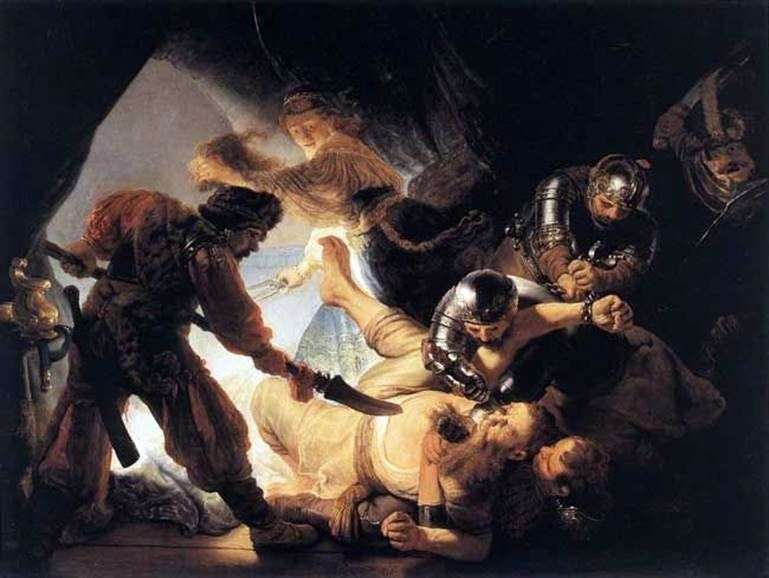
Painting by the Dutch artist Rembrandt van Rijn “The Blinding of Samson”. The size of the painting is 236 x 302 cm, oil on canvas. Samson – the famous biblical hero judge, famous for his exploits in the fight against the Philistines. Descended from the tribe of Dan, which was the most subjected to enslavement by the Philistines. Samson grew up among the slave humiliation of his people and decided to take revenge on the enslavers, which he achieved by committing many beatings of the Philistines.
Being dedicated to God as Nazarene, he wore long hair, which served as the source of his extraordinary power. Having broken the vow of the Nazarene, he succumbed to the passion for the treacherous Delilah and was secretly deprived of her hair and strength, to the great joy of the Philistines, who had mastered the weakened bogatyr, blinded him and, after capturing, put Samson to humiliating work at the millstone.
The hard test led Samson to sincere repentance and contrition. His life ended under the ruins of a Philistine pagan temple, shaken by it and collapsed on it, along with a mass of exiled Philistines on its roof. Samson as a biblical-historical personage is a characteristic type of the national hero of the times of the Book of Judges; the history of his exploits abounds with a mass of interesting domestic details, which are curiously confirmed in the studies of the newest archaeologists and geographers.
Already the first historical paintings with biblical scenes – from the “Martyrdom of St. Stephen” to “David and Saul”, from Christ, expelling merchants from the temple, to “Christ in Emmaus” and “Dinarius of Caesar”, the best portraits of this time, images of prophetess, apostles and the portraits express a peculiar contradictory desire of the artist to expressiveness, being a fusion of cold seriousness and dramatic heat in the works of Rembrandt. And it was not by chance. Behind this aspiration, Rembrandt’s desire seems to be embodied in a thematically defined action, in events, sufferings and triumph not only of “passion”, but also to show the duality, contradictory nature of human essence and in this show to reach the limits of naked truth of life.
With the emergence of such representations depicting the power of the artist Rembrandt begins to outpace the perceiving consciousness. She unfolds in pictures of Rembrandt, thanks to the spectacular incorruptibility of her views and a lively desire for truthfulness, a picturesque panorama “not clouded with any moralism of materiality” and brings to life such a comprehensive irony in relation to the existing reality, which Thomas Mann defined as “in his impeccability the monstrous sense of art” , as “an all-assertion that is simultaneously an all-negation.”
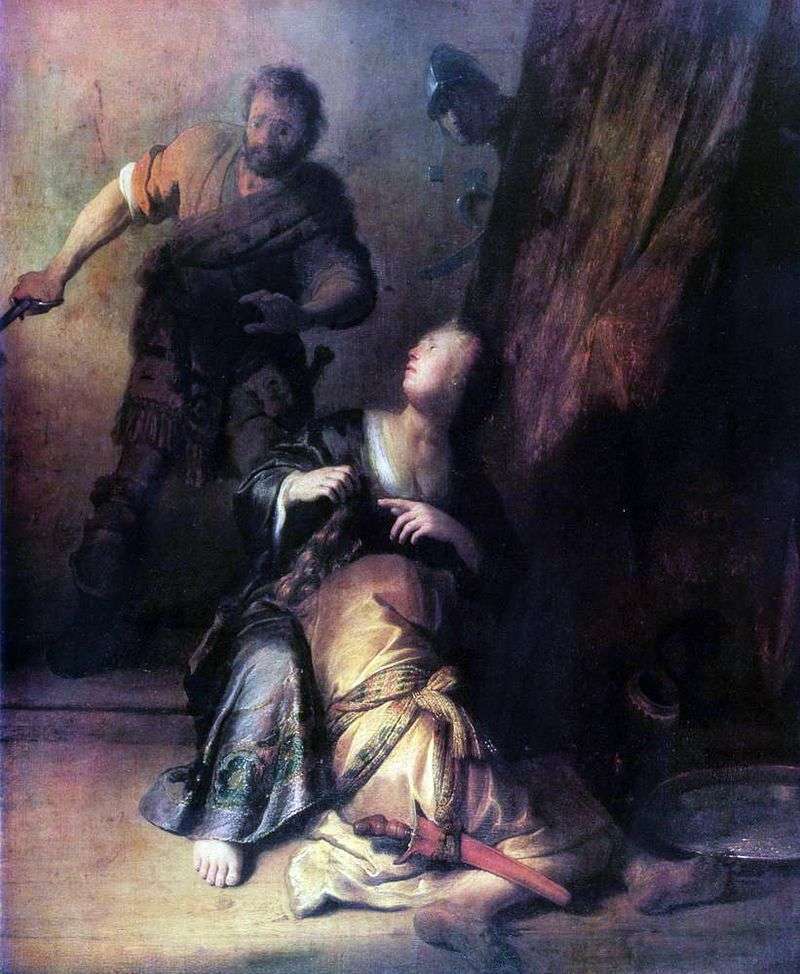 Samson and Delilah by Rembrandt Harmens Van Rhine
Samson and Delilah by Rembrandt Harmens Van Rhine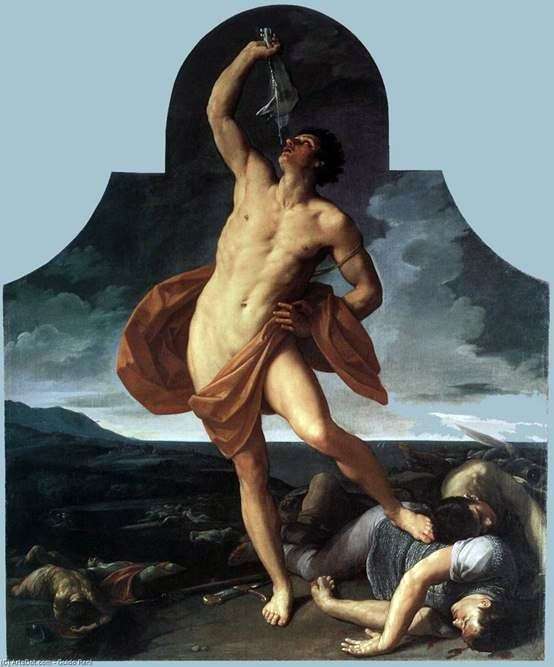 Samson the Winner by Guido Reni
Samson the Winner by Guido Reni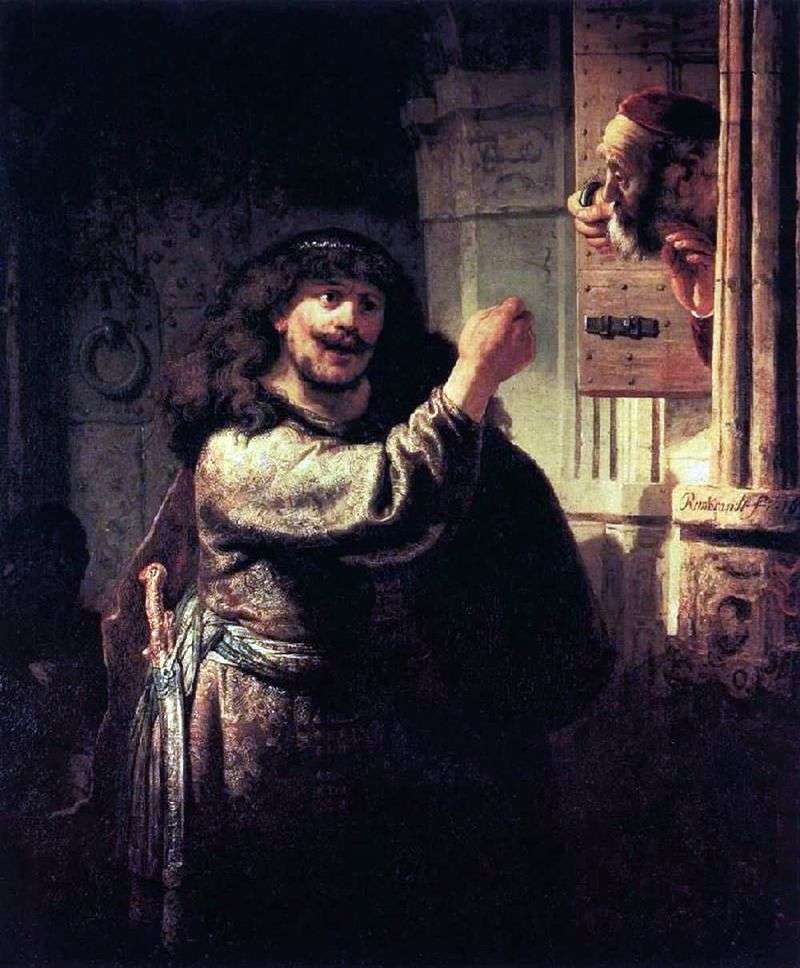 Samson threatens to test by Rembrandt Harmens Van Rhine
Samson threatens to test by Rembrandt Harmens Van Rhine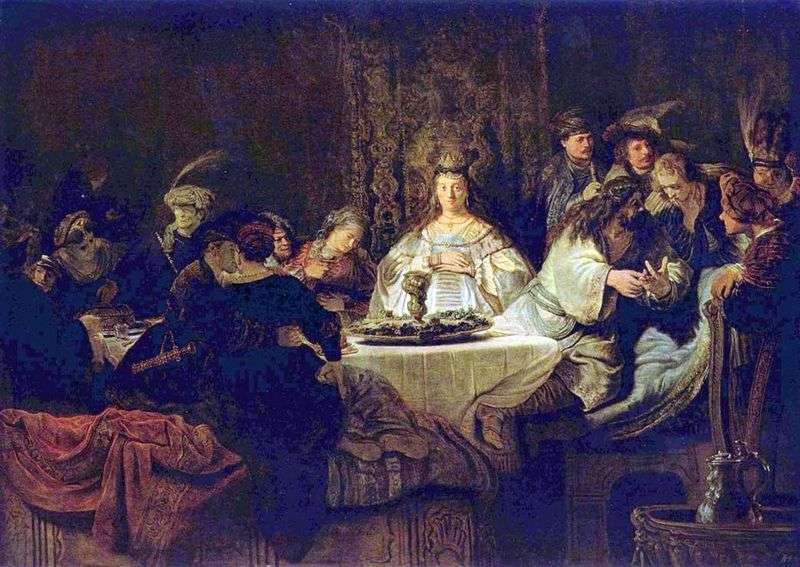 Samson makes a puzzle at the wedding table by Rembrandt Harmens Van Rhine
Samson makes a puzzle at the wedding table by Rembrandt Harmens Van Rhine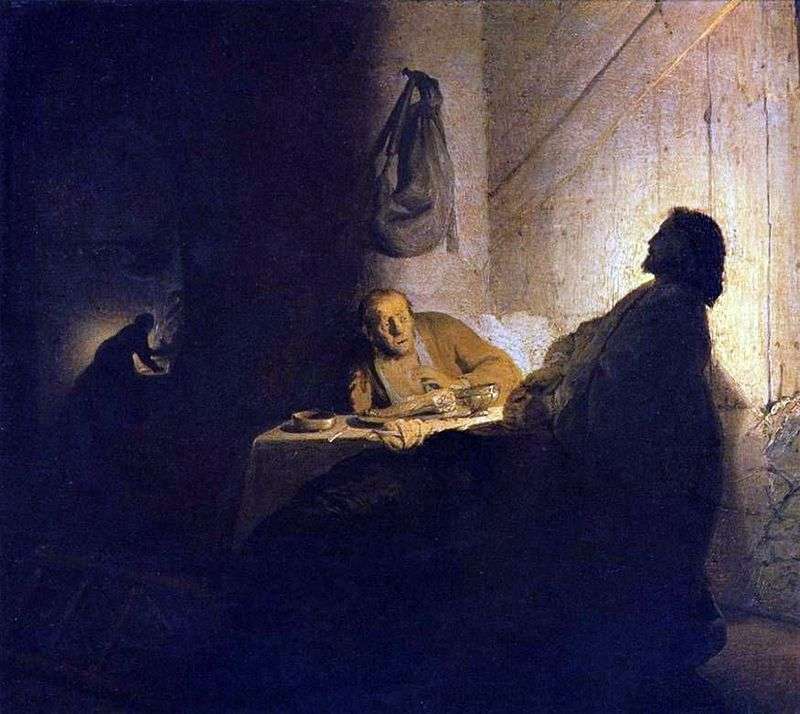 Christ and the Disciples at Emmaus by Rembrandt Harmens Van Rhine
Christ and the Disciples at Emmaus by Rembrandt Harmens Van Rhine Samson and Dalilah by Anthony Van Dyck
Samson and Dalilah by Anthony Van Dyck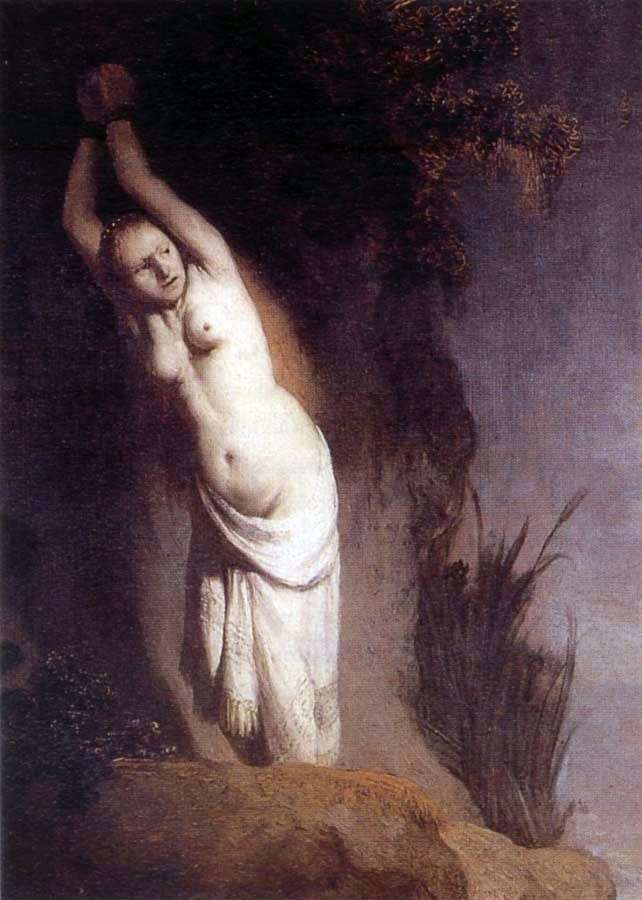 Andromeda by Rembrandt Harmens Van Rhine
Andromeda by Rembrandt Harmens Van Rhine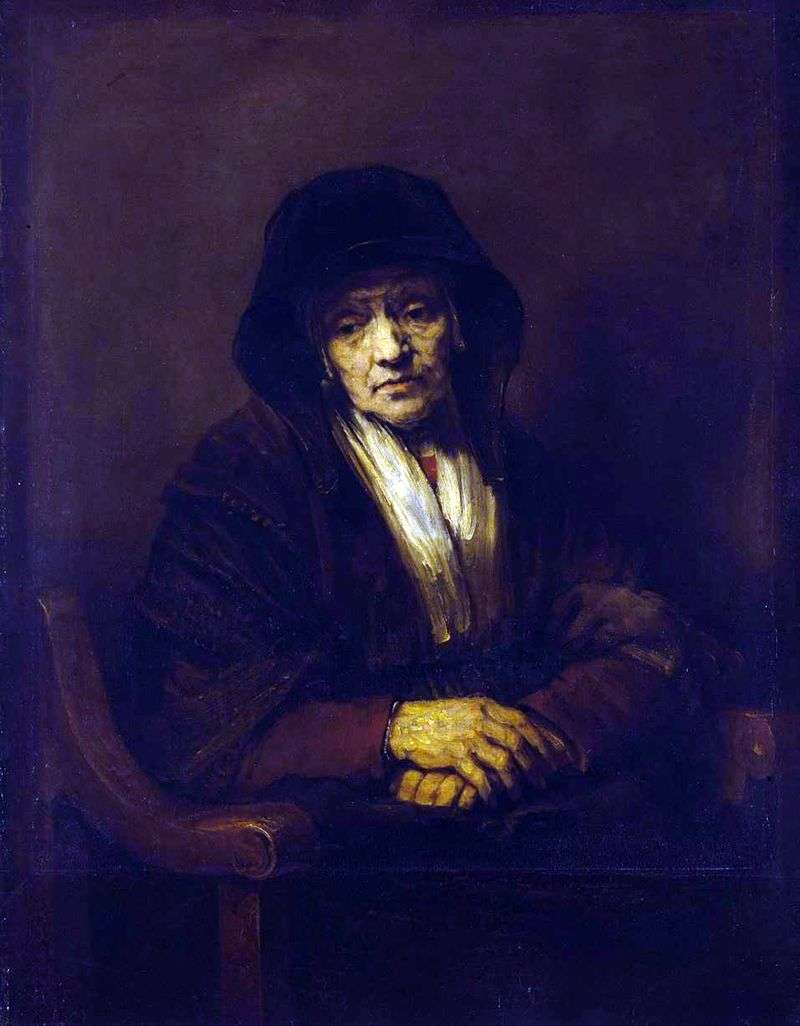 Portrait of an Old Woman by Rembrandt Harmens Van Rhine
Portrait of an Old Woman by Rembrandt Harmens Van Rhine